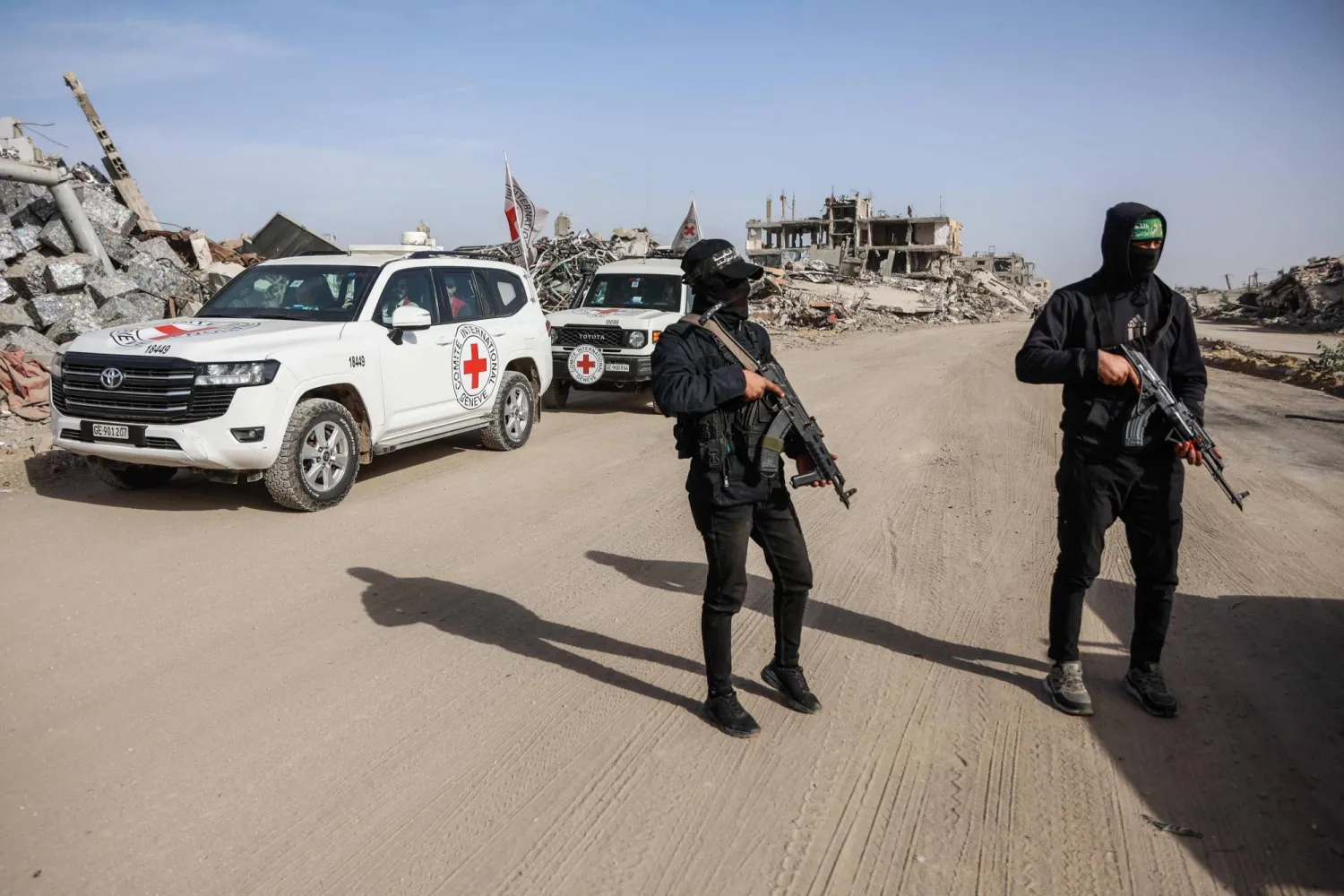A senior US official said that the United States would maintain the designation of Hayat Tahrir al-Sham as a terrorist organization, in response to many recent calls for opening a dialogue with the group, which is active in northwestern Syria and claims to be dissociated from al-Qaeda.
The US official noted that ISIS branches around the world have increased the frequency of their attacks and their threat has become very high. But he pointed that the terrorist movement was still focused on Syria and Iraq.
During a special press briefing attended by Asharq Al-Awsat on Thursday, Acting US Special Envoy for the Global Coalition to Defeat ISIS and Acting Counterterrorism Coordinator, John Godfrey, said: “The number of branches and networks of ISIS outside of Iraq and Syria that are active and engaged in conducting attacks has increased and that is something that we’re keenly focused on. The coalition has as a stated goal achieving the enduring defeat of ISIS globally, and as we talked about at the ministerial in Rome, that entails dealing with the threat where it is. And I think right now today some of the threat, as an important part of the threat is – related to ISIS is emerging outside of Iraq and Syria. That’s not to say that we can ignore what’s happening in Iraq and Syria.”
Asked by Asharq Al-Awsat about Hayat Tahrir al-Sham (HTS), Godfrey said: “Regarding HTS, it is a designated terrorist organization and that has some fairly serious implications for our ability to have anything to do with it, and we continue to assess that it is a terrorist organization.”
Godfrey’s statement on HTS is the latest position issued by the US administration regarding calls to open a dialogue with the group, which is led by Abu Muhammad al-Julani, a former leader in al-Qaeda.
In an interview with the American channel PBS, Al-Julani called for a dialogue with Washington, referring to the disengagement of Hayat Tahrir al-Sham from al-Qaeda, in addition to his assertion that the organization would not use the Syrian arena except to confront the regime of President Bashar al-Assad.
Godfrey spoke in his press briefing about his tour last week of the Kurdistan region in Iraq and northeastern Syria, before his participation, along with US Secretary of State Antony Blinken, in the conference of the coalition against ISIS in Rome on Monday.
He said: “While the D-ISIS coalition has achieved extraordinary success in the fight against ISIS, including ending ISIS’ fraudulent territorial caliphate, it’s clear that we still have more work to do.”
“In Iraq, ISIS remains active in the northern part of the country, splitting the seams between areas controlled by federal Iraqi Security Forces and areas controlled by Kurdistan Regional Government security forces. Those seams afford some limited space in which ISIS is able to operate. While the attacks in Iraq have so far been less lethal this year than last year, the terrible twin suicide bombings in Baghdad in January were a stark reminder that ISIS continues to aspire to conduct large-scale attacks in Iraq. The coalition continues to support partner forces with high-level advising, intelligence-sharing, air support and equipment,” he explained.
Godfrey noted that threats from Iran-aligned militia groups “complicate the security picture in Iraq, endangering the lives of Iraqi citizens and threatening coalition forces and facilities.”
The US senior official warned that “poverty and inequality” in Iraq and Syria encouraged the youth to resort to terrorist groups.
“One thing I heard consistently in both Iraq and Syria is that poverty, inequality, and perceived injustice continue to drive many young people to join terrorist groups, including ISIS. The combination of a severe drought and a wheat harvest that will be about half of what is normal has created a significant economic downturn that impacts the revenues of local partners and also contributes to unemployment,” he stated.
Godfrey continued: “I heard that ISIS is actively seeking to exploit that economic situation to reconstitute presence – or to try to reconstitute presence in areas hardest hit by the economic downturn. And that’s part of why ensuring continued support for coalition stabilization efforts is such a major objective of the coalition and which featured so prominently at the ministerial meeting.”









